If you see a beetle with bright yellow spots on its back but much larger in size than a typical ladybird beetle and having a slightly more elongated body, it may be a fungus beetle. Fungus beetles, as the
name implies, are affiliated with fungus. However, you may not always see them on fungus as they do fly around and land on some other surfaces. They belong to the family Endomychidae, commonly
called Handsome Fungus Beetles.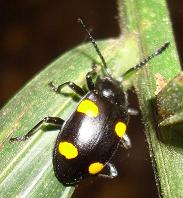
.jpg)
So far, I have come across 4 types of fungus beetles. The one shown on the right with bright yellow spots on its black elytra (hardened forewings) was first found on a palm leaf along the Tree Top Walk Trail in February 2010. Later in March 2012, I saw two of them on a fallen log where some fungi was growing. Even better, there was a tiny caterpillar-like creature that moved around the decaying log. This little creature turned out to be the nymph of this fungus beetle.
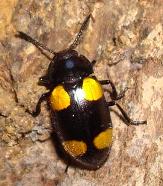 Several similar-looking black beetles (left) were sighted on a tree trunk at Lower Pierce Reservoir area in July 2008.
Interestingly, on March 2012, this beetle was seen in the same inhabiting area as the beetle above. It may not be the same species as the one above since the top 2 yellow spots on the elytra were
nearer to its head region.
Several similar-looking black beetles (left) were sighted on a tree trunk at Lower Pierce Reservoir area in July 2008.
Interestingly, on March 2012, this beetle was seen in the same inhabiting area as the beetle above. It may not be the same species as the one above since the top 2 yellow spots on the elytra were
nearer to its head region.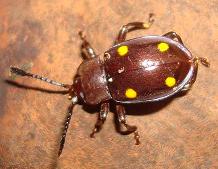
The third beetle (right) was spotted at Bukit Timah Nature Reserve (BTNR). I saw it for the first time in February 2008 where a large group was congregating under some large bracket fungi that grew on a decaying log. Judging from the condition of this colony of fungi, they should have been around for years. This particular fungus beetle had dark-brown elytra with 4 yellow spots, which were the smallest size among the fungus beetles that I had seen so far.
Unfortunately, this group of large bracket fungi were in dismay condition when I last visited them in May 2010. As the log where the fungi attached was located by the side of the walking trail, some human species may have intentionally stepped on the fungi and broke some of the hardened fruiting bodies.
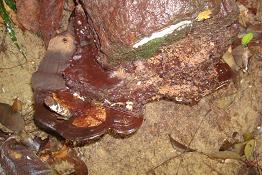
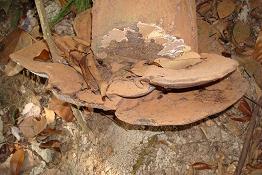
The picture on the left was the state
of the bracket fungi (dark brown portion) in May 2010. The surrounding was wet due to a shower in the early morning. The picture on the right was the state of the fungi when I first saw them in February
2008. A few large fruiting bodies can be seen. By May 2010, majority of the fruiting bodies on the right side of the log had disappeared.
These photos show a flourishing ecology around the bracket fungi, especially the under surface, back in February 2008. There were many fungus beetles and other tiny creatures. This was history now. From left to right: (1) a lone beetle, (2) 3 of the beetles, (3) a colony of baby beetles, and (4) a group of unknown tiny flies that share the habitat. The brown background was the surface of the fungus.
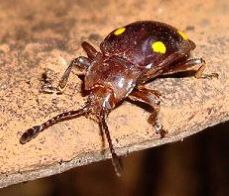
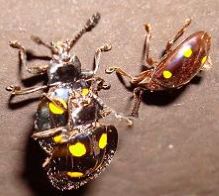
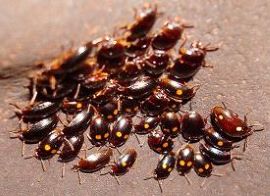
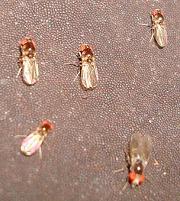
In October 2011, while exploring the Dairy Farm Nature Park, I saw another type of yellow-spots fungus beetle. There were some large fungi growing on a few decaying log just by the side of the rack. Besides the yellow-spots, its elytra were extended out around the body, giving it a saucer-like shape.
.jpg)
.jpg)
.jpg)
Although I had previously tried to dig into two rather sophisticated publications (see reference below) to determine the identity of these beetles, I started to doubt my original deduction on their scientific names after coming across a Beetle at Singapore website in March 2013. It has pictures of beetles which certainly is a big help. With the new found reference, I had aligned my beetles pictures with the names found in that website. If you are interested to know their scientific names, you can visit my pictorial library on the Handsome Fungus Beetle and Pleasing Fungus Beetle.
Reference:
1. Strohecker, H.F. 1968. A synopsis of the genus Eumorphus (Coleoptera: Endomychidae). Pacific Insects 10(1): 79-112.
2. Shockley, F.W., K.W. Tomaszewska and J.V. McHugh. 2009. An annotated checklist of the handsome fungus beetles of the world (Coleoptera: Cucujoidea: Endomychidae). Zootaxa 1999: 1-113.
Fungus is more than just mushrooms --- it includes other micro-organisms such as yeast. What I am showing below are mushrooms, which are the fruiting bodies of fungi that I have seen. For the science of mushroom, you can easily find the details from other websites.
Year 2008:
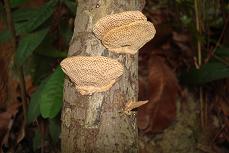
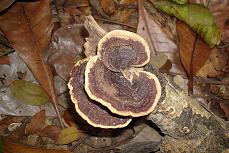
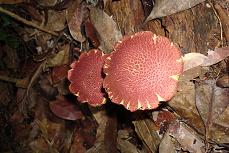
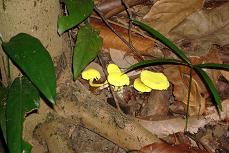
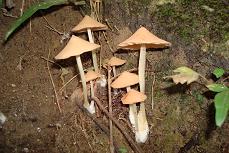
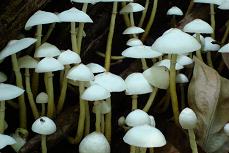
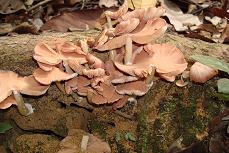
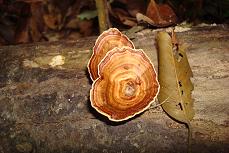
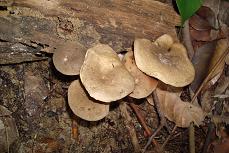
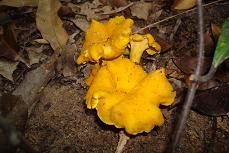
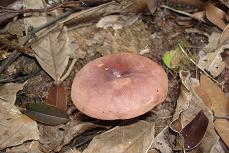
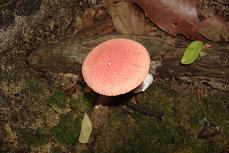
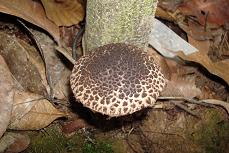
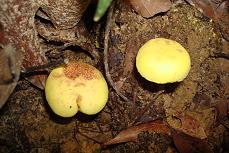
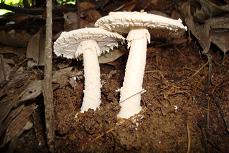
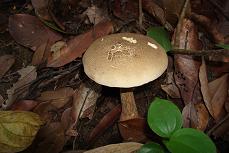
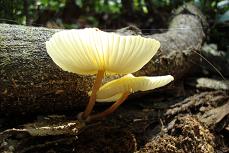
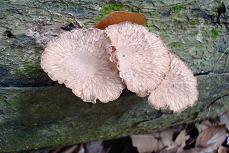
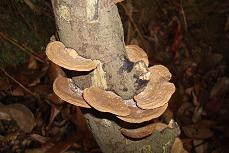
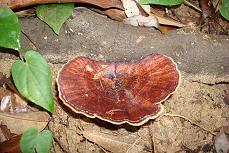
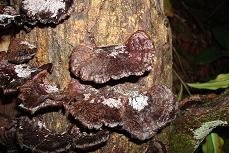
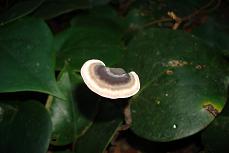
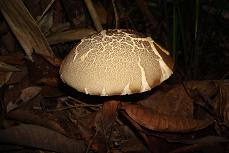
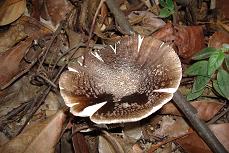
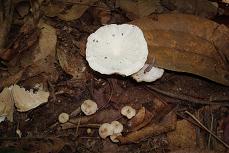
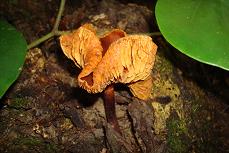
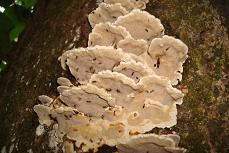
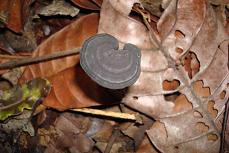
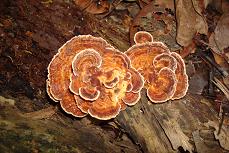
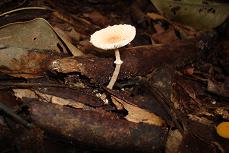
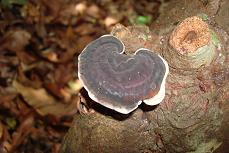
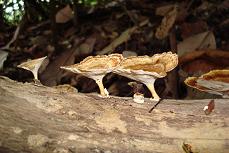
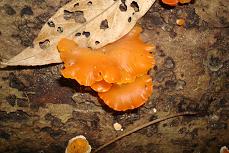
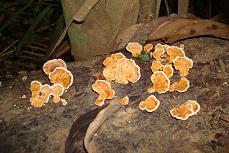
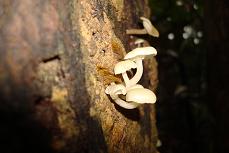
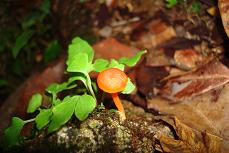
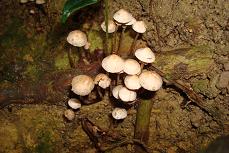
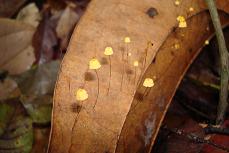
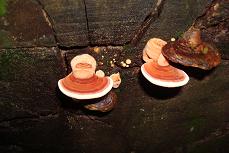
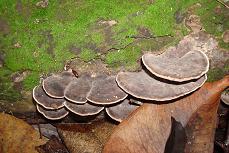
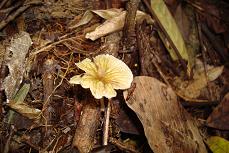
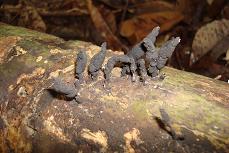
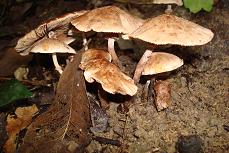
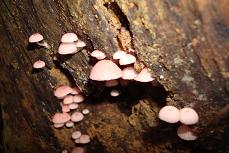
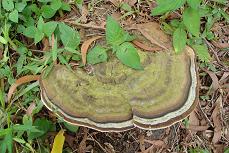
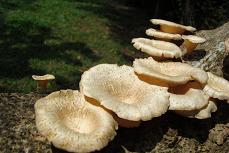
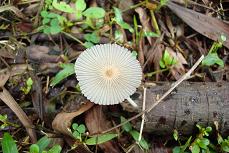
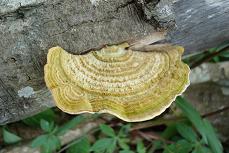
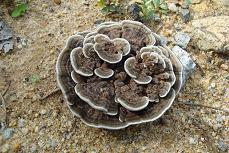
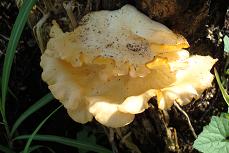
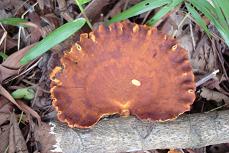
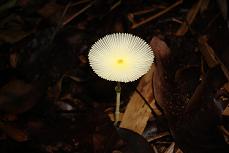
Year 2009:
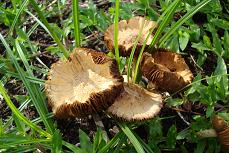
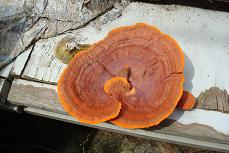
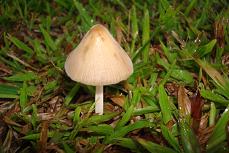
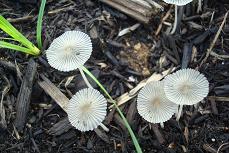
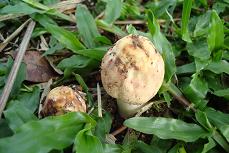
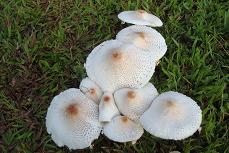
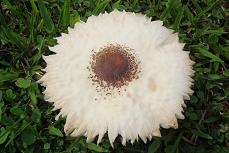
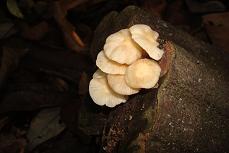
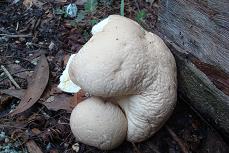
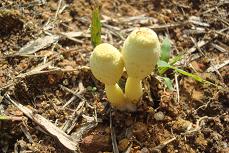
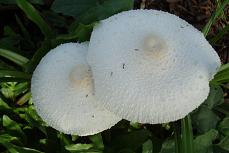
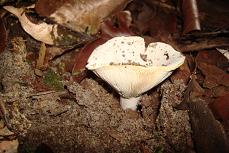
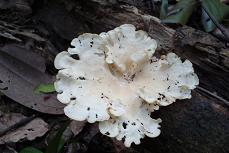
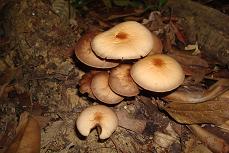
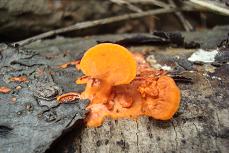
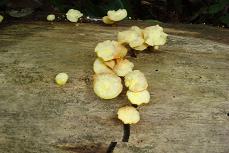
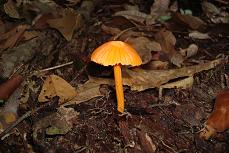
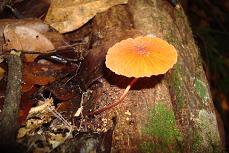
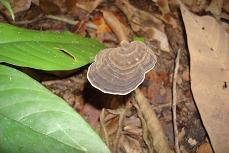
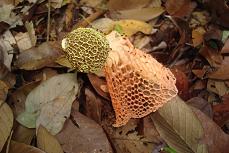
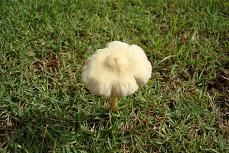
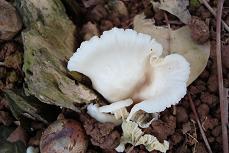
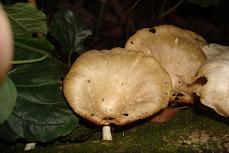
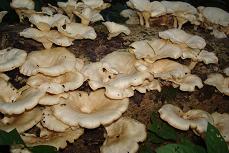
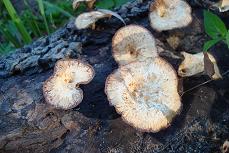
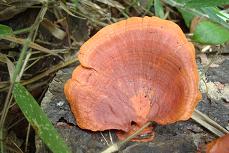
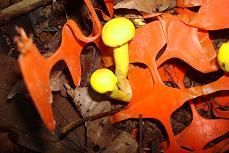
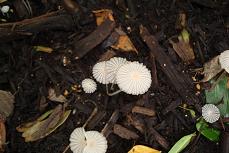
Last updated: 1 May 2013